Introduction
Earl Grey tea, a name that evokes images of sophistication and refinement, has long been a staple in teacups across the globe. Its distinctive citrusy aroma and nuanced flavor profile have made it a beloved choice for tea enthusiasts and casual drinkers alike. Yet, despite its popularity, many remain curious about its origins, composition, and classification. Is Earl Grey a standalone tea variety, or does it belong to a broader category? This article delves into the history, composition, and cultural significance of Earl Grey tea, shedding light on its place within the vast world of tea.
Historical Origins and Legends
To understand Earl Grey tea, one must first explore its fascinating backstory. The tea’s name is widely believed to honor Charles Grey, the 2nd Earl Grey, who served as Britain’s Prime Minister during the 1830s. Legend has it that a Chinese mandarin created the blend as a gift for Lord Grey, infusing black tea with bergamot oil to offset the lime flavor in the local water supply. Another tale suggests the tea was named after Grey’s rescue of a Chinese diplomat’s son, with the recipe offered as a token of gratitude. While historical records remain inconclusive, these stories have cemented Earl Grey’s reputation as a tea steeped in diplomacy and elegance.
The bergamot orange (Citrus bergamia), responsible for the tea’s signature flavor, is native to Italy’s Calabria region. Its oil, extracted from the fruit’s peel, became a popular additive in 19th-century Europe, prized for its ability to enhance the taste of black tea. This fusion of East and West—Chinese tea leaves and Mediterranean citrus—epitomizes the global exchanges that defined the era.
Classification: What Type of Tea Is Earl Grey?
Earl Grey is classified as a flavored black tea. The foundation of this blend is black tea, typically sourced from regions like Assam, Ceylon, or Darjeeling, which undergoes full oxidation during processing. Oxidation gives black tea its robust flavor, dark color, and higher caffeine content compared to green or white teas. However, Earl Grey’s uniqueness lies in its infusion with bergamot oil, a citrus flavoring that elevates it beyond a standard black tea.
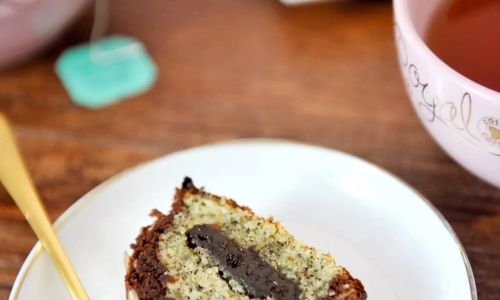
It is crucial to note that while Earl Grey is predominantly a black tea blend, modern variations have expanded its horizons. Some artisanal producers experiment with green tea, oolong, or even rooibos bases, creating alternatives like “Earl Grey Green” or “Earl Grey Rooibos.” These variations cater to diverse palates but retain the bergamot essence that defines the Earl Grey profile.
The Production Process
The creation of Earl Grey tea involves meticulous craftsmanship. High-quality blends begin with premium black tea leaves, often whole-leaf varieties to preserve flavor complexity. The leaves are then scented with bergamot oil, a process requiring precision to avoid overpowering the tea’s natural notes.
- Sourcing Bergamot Oil: The oil is typically cold-pressed from the rind of bergamot oranges, primarily harvested in Italy. Natural bergamot oil is preferred for its authentic flavor, though synthetic alternatives exist in cheaper blends.
- Blending Techniques: Tea masters may use one of two methods:
- Direct Scenting: Tea leaves are sprayed with bergamot oil and allowed to absorb the aroma.
- Natural Infusion: Leaves are mixed with dried bergamot peel during oxidation, allowing a gentler flavor integration.
- Quality Considerations: The ratio of bergamot to tea leaves is critical. Too much oil results in a soapy aftertaste, while too little renders the blend indistinct.
Flavor Profile and Variations
Earl Grey’s flavor is a harmonious balance of malty black tea and bright citrus. The bergamot imparts floral, slightly spicy notes with a hint of bitterness, reminiscent of grapefruit or lime. This complexity makes it a versatile base for culinary experiments, from lattes to desserts.
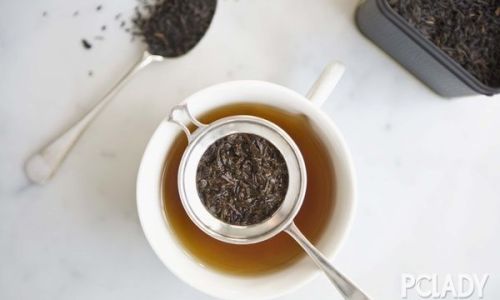
Popular variations include:
- Lady Grey: A milder blend with added orange and lemon peel.
- Russian Earl Grey: Enhanced with citrus peels and sometimes spices like cinnamon or clove.
- Earl Grey Bravo: A robust version with a stronger bergamot punch.
Health Benefits and Considerations
Like all black teas, Earl Grey offers potential health advantages, though these are not unique to the blend:
- Antioxidants: Black tea is rich in polyphenols, which combat oxidative stress and may reduce chronic disease risks.
- Heart Health: Studies suggest regular consumption may improve cholesterol levels and vascular function.
- Stress Reduction: The amino acid L-theanine, found in tea, promotes relaxation without drowsiness.
- Digestive Aid: Bergamot oil has traditionally been used to soothe indigestion and bloating.
However, Earl Grey contains caffeine (approximately 40-60 mg per cup), which may cause jitteriness in sensitive individuals. Additionally, bergamot oil can interact with certain medications, such as statins, due to its compound bergamottin. As with any dietary addition, moderation is key.
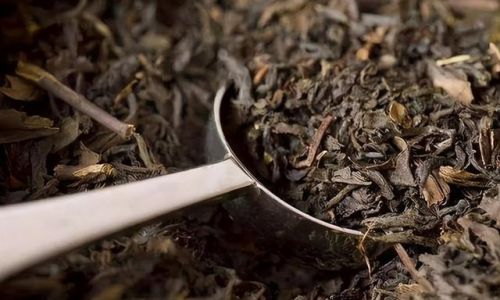
Cultural Significance and Popularity
Earl Grey’s allure extends beyond its taste, embedding itself in cultural rituals and creative works:
- British Tradition: It is synonymous with afternoon tea, often served with milk, lemon, or sugar. The blend’s association with aristocracy has made it a symbol of elegance.
- Global Appeal: From Parisian salons to American diners, Earl Grey’s adaptability has secured its place in diverse settings. Its popularity in countries like Australia and Canada reflects the British Empire’s legacy.
- Media Representations: The tea has featured prominently in literature, film, and television. Captain Jean-Luc Picard’s iconic “Tea, Earl Grey, hot” order in Star Trek: The Next Generation catapulted it into geek culture, while Agatha Christie’s Hercule Poirot often savored a cup in her mysteries.
Brewing and Serving Suggestions
Achieving the perfect cup of Earl Grey requires attention to detail:
- Water Quality: Use fresh, filtered water to avoid impurities that may clash with the delicate bergamot notes.
- Temperature: Heat water to 195–205°F (90–96°C). Boiling water can scorch the leaves, resulting in bitterness.
- Steeping Time: 3–5 minutes, depending on leaf size and desired strength. Oversteeping may extract tannins, causing astringency.
- Additives: Traditionalists prefer it black, but milk, lemon, or honey can complement the flavor. Avoid citrus if using milk, as the acidity may curdle the dairy.
For a modern twist, try Earl Grey lattes, iced tea with bergamot syrup, or chocolate-dipped shortbread infused with tea leaves.
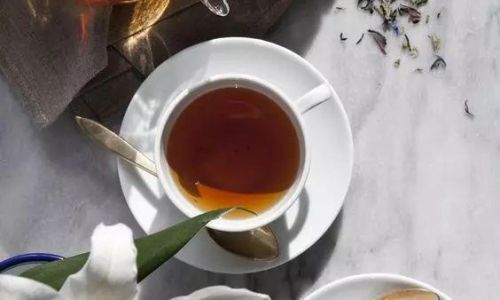
Conclusion
Earl Grey tea is more than a beverage—it is a cultural artifact, a testament to the art of blending, and a canvas for culinary innovation. While firmly rooted in the black tea family, its bergamot infusion elevates it to a category of its own. Whether sipped in a Victorian parlor or a futuristic starship, Earl Grey continues to bridge traditions and trends, proving that some classics never fade. As tea enthusiasts explore its history, health benefits, and endless variations, one thing remains clear: the allure of Earl Grey is timeless.
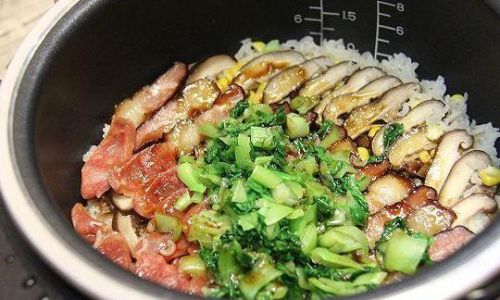
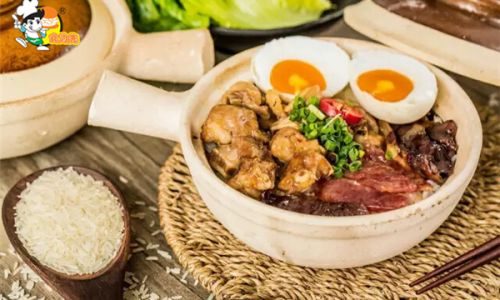
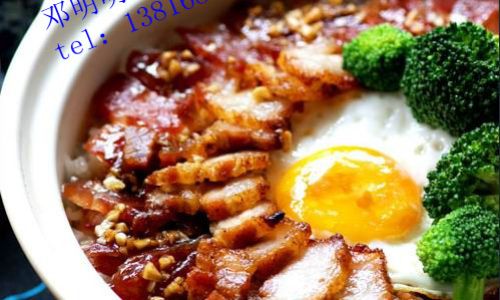

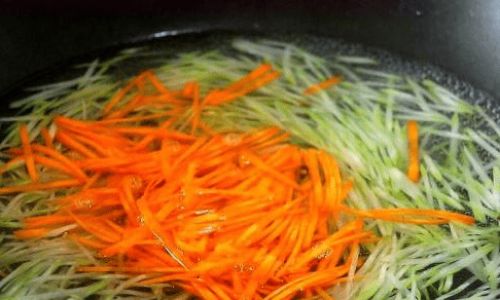

0 comments